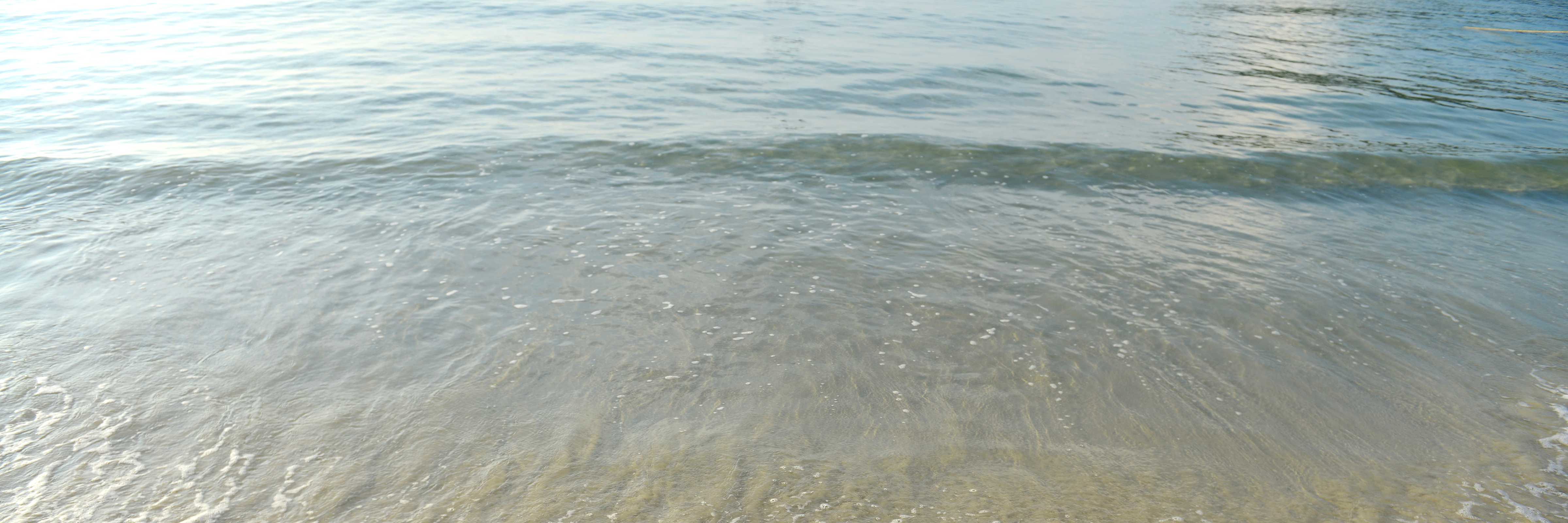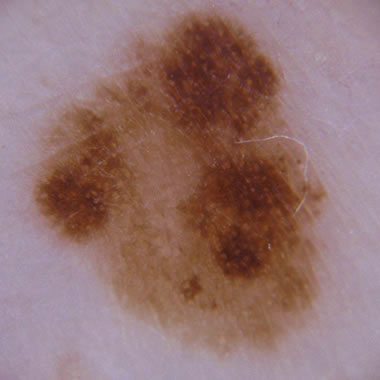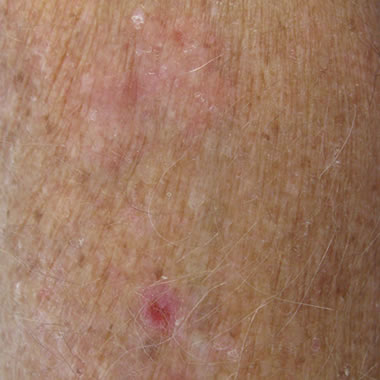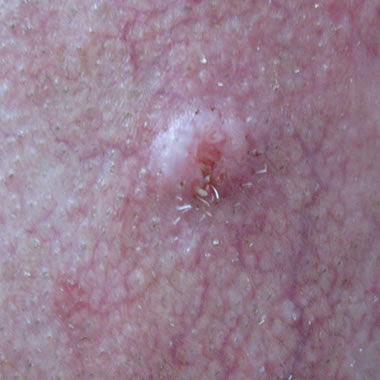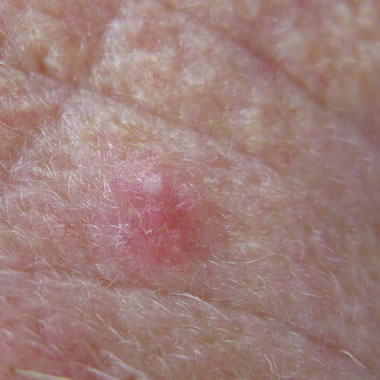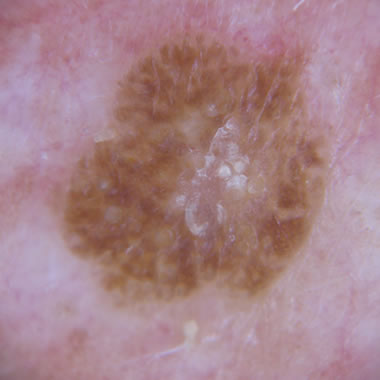What is skin cancer?
Skin cancer is the growth of abnormal cells of the skin. There are three main types of skin cancer: basal cell cancers (BCCs), squamous cell cancers (SCCs) and melanoma. BCCs and SCCs are collectively known as non-melanoma skin cancer.
Prevention of skin cancer
Skin cancer is common in Australia. Treatment of skin cancers can be very successful, but may require surgery or other invasive procedures. Preventing skin cancer is always preferable. Some people are more at risk of skin cancer due to their genetics (family predisposition to developing skin cancer) or through childhood exposure to sun. However, as an adult, we can still be active in minimising our ongoing skin cancer risk. Using daily sunscreen, hats, protective clothing and sunglasses, and decreasing time spent in the sun will help to lessen your risk of skin cancer. Having regular skin checks will also help in recognising precancerous skin lesions and managing these prior to their development into skin cancers.
Early detection
With regular skin checks we have the opportunity to diagnose skin lesions early, often before they cause risk to your ongoing health. We can identify high risk lesions and advise appropriate treatment options. Early detection may decrease the need for surgery, be less invasive and have a better prognosis.
What changes to look for
- Skin spots that change colour, change size, bleed or itch
- Sores that don’t heal
- A skin lesion that is an ‘ugly duckling’ (i.e. looks different to other spots on the skin)
- A new skin spot (especially over 40 years old)
